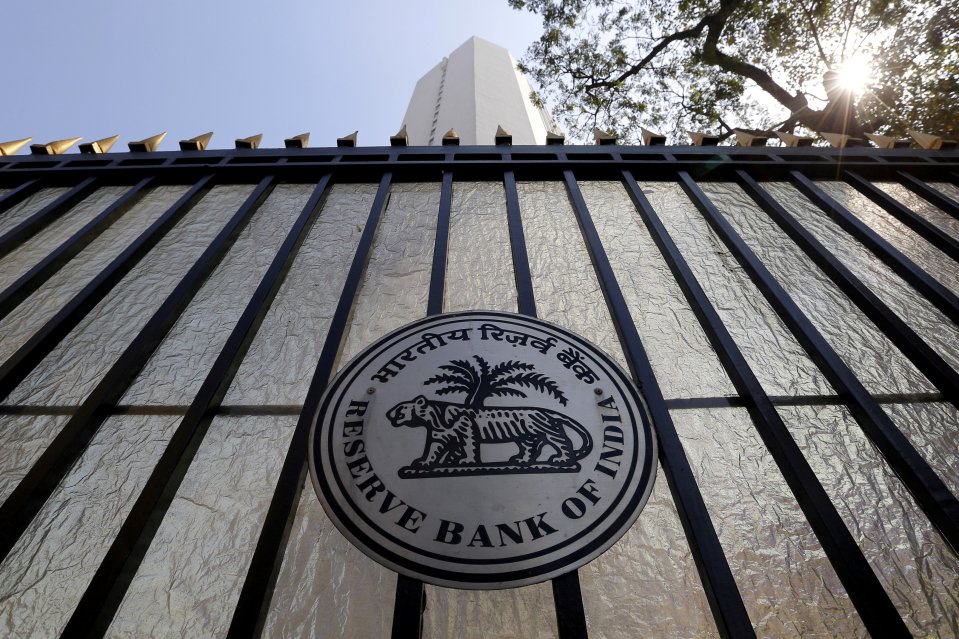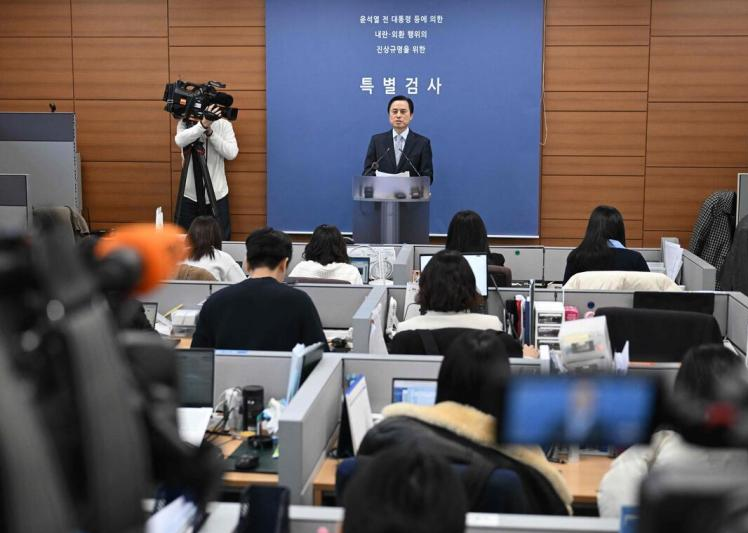
On Friday, the Reserve Bank of India (RBI) announced a key monetary policy change, cutting the repo rate offered to commercial banks by 25 basis points to 6.25%. The move marks the first time since May 2020 that the Reserve Bank of India has implemented a policy of cutting interest rates, aiming to stimulate economic growth and address current economic challenges by adjusting financial market benchmark interest rates.
When RBI Governor Sanjay Malhotra took office in December last year, he made it clear that a looser monetary policy was appropriate given the current slowdown in economic growth and changing inflation dynamics. This judgment is based on the in-depth analysis and foresight of the current macroeconomic environment.
It is worth noting that the Indian government's previous economic growth forecast for the 2024/25 fiscal year is 6.4%, which is relatively conservative compared to the strong performance of the Indian economy in recent years. Especially in the post-COVID-19 economic recovery phase, the Indian economy once showed strong growth potential. However, current growth forecasts suggest that India may face slower growth pressures for some time to come. To address this challenge, Indian Prime Minister Narendra Modi last week announced a series of economic stimulus measures, including across-the-board tax cuts and a sharp increase in the income tax threshold, aimed at boosting market confidence and consumption vitality by reducing the tax burden on businesses and individuals.
In terms of monetary policy, the Reserve Bank of India has previously injected liquidity into the banking system through various channels to ease financial market pressures. Specifically, India's central bank has injected up to $18 billion in liquidity into the country's banking system and cut the required reserve ratio by half a percentage point in December. These measures, together with the rate cut, together constitute the Reserve Bank of India's policy response to downward pressure on the economy.
The direct effect of the interest rate reduction policy is to reduce the borrowing cost of enterprises, which helps stimulate the enthusiasm of enterprises to invest and produce. At the same time, with lower borrowing costs, the consumer credit market is also likely to recover, which will boost consumer demand. Together, these factors are expected to accelerate the pick-up in economic activity and inject new growth momentum into the Indian economy.
However, the rate-cutting policy is not a magic key. In the current global economic environment, the challenges facing the Indian economy go far beyond the domestic. The exodus of foreign investors is one of them. Affected by multiple factors such as unstable international trade environment, lack of confidence of overseas investors and depreciation of the Indian rupee, the Indian stock market has come under pressure recently. While the rate cut policy is seen as part of the response to the withdrawal of foreign capital, some investors remain cautious about the future outlook for Indian stocks. In their view, interest rate reduction policy alone can not fully guarantee the stability and growth of the Indian stock market.
From a broader perspective, India, as an important market and one of the emerging countries in Asia, has been attracting the attention of global investors in its economic development. As the Indian market continues to boom and valuations rise, the current market has shown some signs of overheating. This to some extent limits the room for further growth of the Indian market and increases investment risks.
The data shows that the amount of money flowing into the stock market per month in India's domestic systematic Investment Plan (SIP) in 2024 is as high as $2.7 billion, which not only reflects the strong positive attitude of Indian residents towards the stock market, but also reveals the preference of Indian households in terms of asset allocation to the stock market. At the same time, however, overseas institutions have been selling Asian equities, with the Indian market being the hardest hit. This bifurcation of attitudes towards investment at home and abroad has further exacerbated the volatility of the Indian market.
The analysis points out that there are two main reasons for Indian households to actively invest in the stock market: first, the historic lack of investment leads to a relatively low proportion of stocks in Indian households' asset allocation; Second, Indian households want to beat inflation and grow their assets by investing in the stock market. However, driven by this just-need mentality, the Indian stock market is already showing signs of overheating to some extent. Some large asset managers even believe that there is a lack of attractive investment opportunities in the Indian market.
Under these circumstances, the scope for the RBI to boost the economy through measures such as interest rate cuts and liquidity injections may be relatively limited. On the one hand, the uncertainty of trade policy in the Trump era and the uncertainty of the policy direction of the US central bank may restrict the effect of the monetary policy of the RBI; On the other hand, the Chinese economy, which has a substitution effect with the Chinese market, has been frequently favored by overseas institutions recently, which may also further weaken the confidence and support of international investors in the Indian market.
Although the RBI's interest rate cut has helped to alleviate the downward pressure on the domestic economy and promote economic growth to a certain extent, its effect may be constrained by a variety of factors in the current global economic environment. Indian investors and policymakers need to take full account of the changing domestic and international economic environment and formulate more flexible and effective policy measures to address the economic challenges ahead.

YTN TV of South Korea reported on Tuesday (December 16) that the South Korean court plans to make a ruling on the charges of former President Yoon Suk Yeol for obstructing justice on January 16, 2026.
YTN TV of South Korea reported on Tuesday (December 16) tha…
On December 7, a new round of intense military conflict bro…
Recently, US media disclosed that the Pentagon is planning …
From three launch failures and a brush with bankruptcy to n…
Recently, a major piece of news has emerged in the US polit…
Against the backdrop of the Federal Reserve's third rate cu…